
As maritime security concerns intensify, the U.S. Navy’s Littoral Combat Ship (LCS) program takes a significant technological leap forward with the successful installation and operation of the third TRS-3D naval radar system.

This state-of-the-art radar, designated AN/SPS-75, has been integrated on the third Freedom variant of the new Littoral Combat Ships, the Milwaukee (LCS 5), signaling a broader initiative to fortify the U.S. Navy’s near-shore combat capabilities.

Manufactured by Airbus Defense and Space, Inc., the TRS-3D radar represents a critical component in the Navy’s efforts to equip its surface combatants with cutting-edge surveillance and self-defense technology.
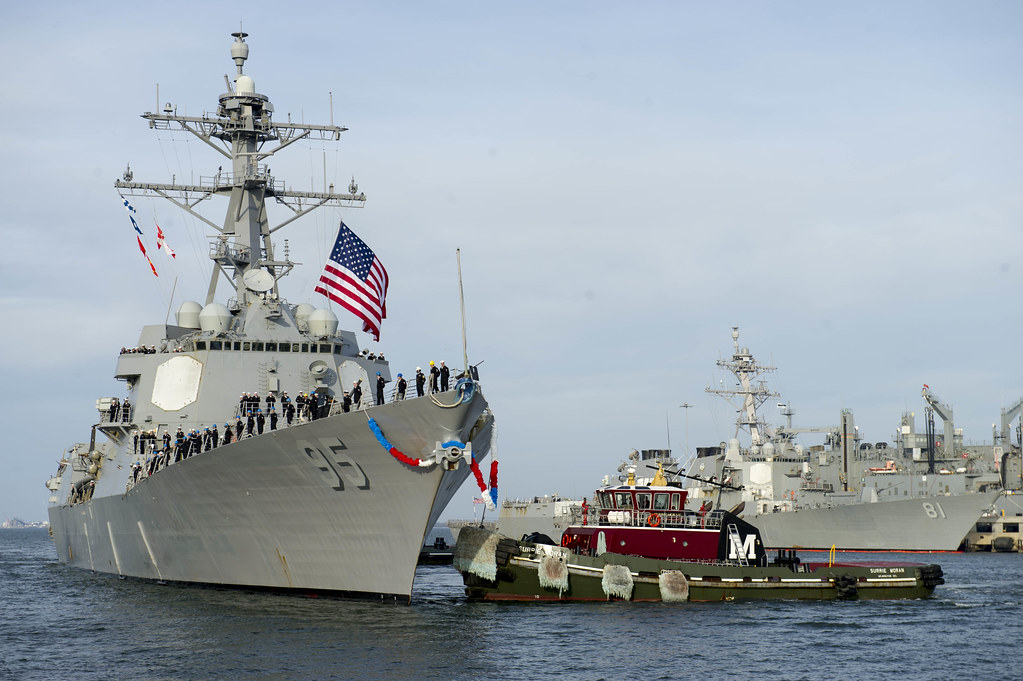
Aaron Johnson, the Director of Sales and Marketing for Airbus Defense and Space Inc.’s Communications, Intelligence, Security & Electronics division, affirmed the radar’s role in enhancing naval operations, stating, “The TRS-3D is the choice for ships with multi-mode radar requirements, as evidenced by it being a global market leader in its class.”
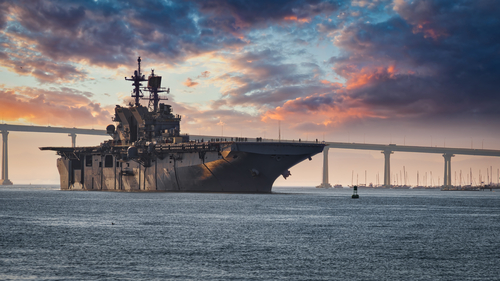
The agile and swift LCS ships, including variants like the Freedom and Independence, are engineered to operate in the challenging and highly trafficked coastal regions known for asymmetric “anti-access” threats such as mines, stealthy diesel submarines, and fast attack craft.
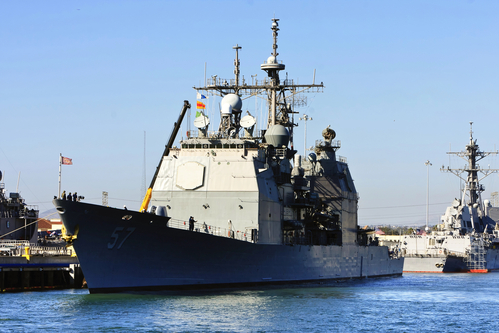
The versatile design of these ships allows them to be reconfigured rapidly for surface warfare, anti-submarine warfare, and mine countermeasures, addressing the spectrum of threats in littoral zones.
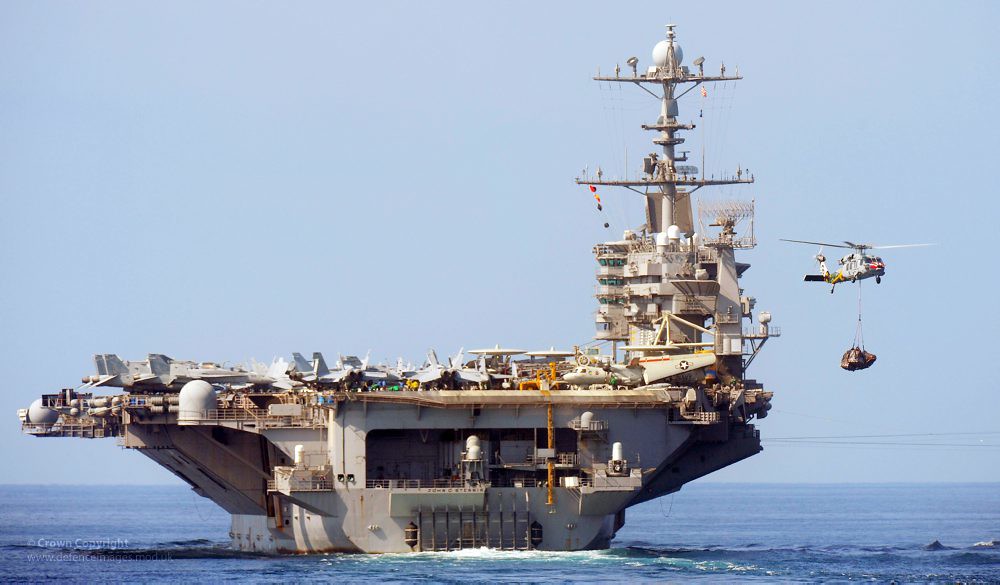
Eight TRS-3D radars have now passed the U.S. Navy’s equipment acceptance tests and are at different stages of installation on USS Freedom variant ships.
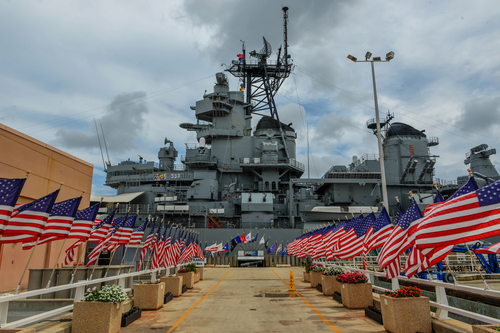
The TRS-3D’s capabilities are not limited to the U.S. Navy; they also bolster the defenses of the U.S. Coast Guard’s National Security Cutters and have found international applications aboard German Navy’s K130 corvettes, Finnish Navy’s Squadron 2000 patrol boats, and Norwegian Coast Guard’s icebreakers.

As the LCS program continues to evolve, there are plans to upgrade these formidable radars to the TRS-4D variant, ensuring that the U.S. Navy stays ahead of the curve in maritime security and technological warfare.

The TRS-3D radars offer a three-dimensional, multimode approach to naval operations, providing essential support for surveillance, self-defense, gunfire support, and helicopter control.

These systems can autonomously detect and track various air and sea targets, thus providing the U.S. Navy with superior situational awareness and information dominance in contested maritime environments.
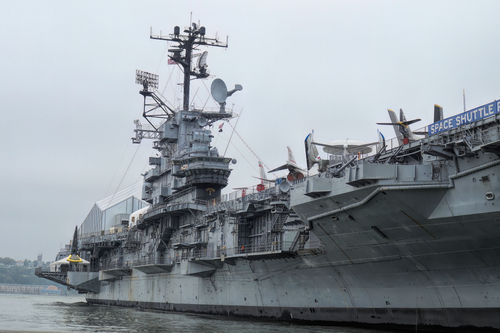
The adoption of the TRS-3D radar is part of a broader strategic vision for the LCS program, which emphasizes modularity and rapid adaptability. The LCS class, a product of competitive procurement strategies, has demonstrated a commitment to innovation and cost-efficiency in naval shipbuilding.

The LCS’s ability to deploy focused mission packages outfitted with manned and unmanned vehicles and sensors enhances its role as a multi-faceted asset in modern naval operations.
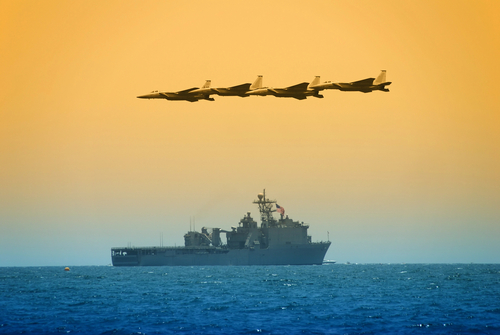
The implementation of this advanced radar technology represents a pivotal enhancement in the U.S. Navy’s warfare capabilities, particularly in the realm of coastal defense.
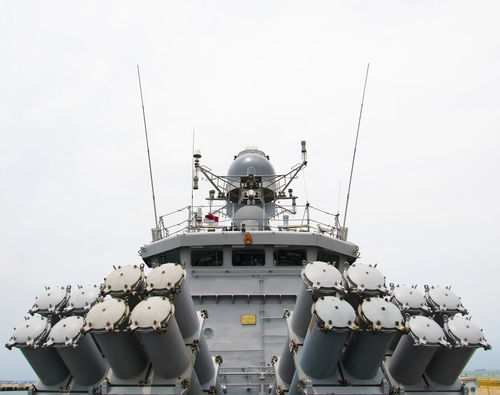
As the LCS program progresses, and with the continued support of industry leaders like Airbus Defense and Space, Inc., the U.S. Navy remains at the forefront of maritime security, ready to meet the dynamic challenges that characterize the 21st-century battlespace.

